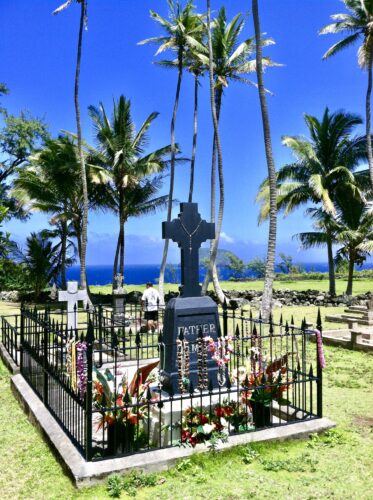
Pei-Lin Yu has just completed a technical report on climate change vulnerability for the National Park Service’s Washington office.
How do national parks learn what’s most vulnerable to climate change? Natural ecosystems can sometimes adapt by migration or behavioral change, but historic, cultural and archaeological heritage can be unique and irreplaceable.
Yu’s research is the first nationwide evaluation of climate change vulnerability assessment methodology for cultural heritage in U.S. national parks. This report provides a summary of the current situation, a gap analysis and recommendations for best practices. The report is part of a nationwide effort that includes natural resources and historic structures.
The project was facilitated through the Rocky Mountains Cooperative Ecosystem Studies Unit, a federal science network. A webinar series and curricular materials are also planned.